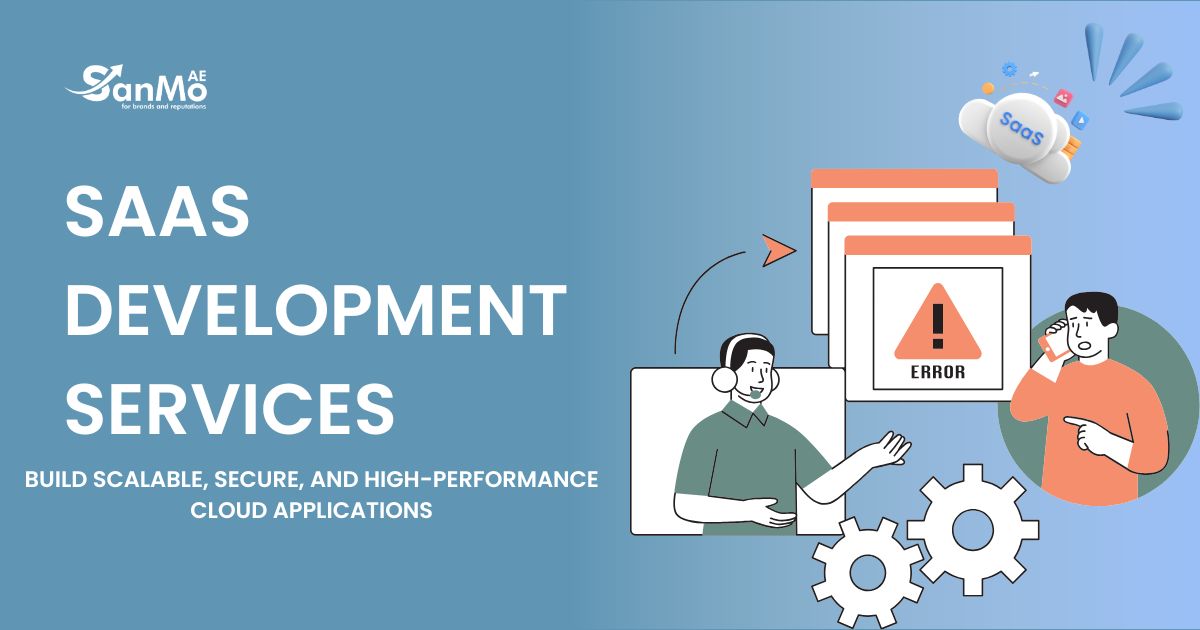Video content has become the dominant force in digital marketing, accounting for over 82% of all internet traffic. Yet many businesses struggle to make their videos discoverable in search results. While basic video optimization might get you started, mastering advanced video SEO techniques can dramatically increase your visibility, engagement, and conversions.
This comprehensive guide explores sophisticated video SEO strategies that go beyond the basics. You’ll discover how to leverage technical optimizations, structured data, cross-platform syndication, and emerging technologies to maximize your video’s search performance. Whether you’re managing a corporate video library or building a content marketing empire, these advanced tactics will help you dominate video search results.
Technical Video SEO Foundations
Video File Optimization
Your video’s technical specifications directly impact search engine crawling and user experience. Search engines can’t watch your videos, but they analyze metadata, file structure, and loading performance to determine relevance and quality.
Start with video compression that balances quality and file size. H.264 remains the gold standard for web video, offering excellent compression while maintaining broad compatibility. For newer browsers, consider H.265 (HEVC) for superior compression ratios, though ensure fallback options exist.
File naming conventions matter more than most realize. Instead of generic names like “video_001.mp4,” use descriptive filenames that include your target keywords: “advanced-video-seo-strategies-2024.mp4.” Search engines parse these filenames as ranking signals.
Schema Markup for Videos
Structured data transforms how search engines understand your video content. Video Object schema provides rich snippets that can significantly improve click-through rates from search results.
Essential VideoObject properties include name, description, thumbnailUrl, uploadDate, duration, and contentUrl. Advanced implementations incorporate additional properties like transcript, hasPart (for video chapters), and interactionStatistic for engagement metrics.
Consider implementing VideoSeekToAction schema for videos with clear segments. This enables users to jump directly to specific timestamps from search results, improving user experience and potentially boosting rankings.
Platform-Specific Advanced Strategies
YouTube SEO Mastery
YouTube’s algorithm considers over 200 ranking factors, making optimization complex but rewarding. Advanced strategies focus on audience retention signals, engagement velocity, and content clustering.
Session duration carries more weight than individual video metrics. Create content that keeps viewers on YouTube longer, whether through your videos or others. End screens and cards should strategically guide viewers to related content, maximizing session time.
Playlist optimization often gets overlooked but offers substantial SEO benefits. Create thematic playlists targeting long-tail keywords, optimizing playlist titles and descriptions for search. Playlists can rank independently in both YouTube and Google search results.
Google Video Search Optimization
Google’s video search operates differently from YouTube, prioritizing website-hosted videos in specific contexts. Technical implementation becomes crucial for visibility in Google’s video carousel and universal search results.
Video sitemaps provide search engines with essential metadata about your video content. Include title, description, duration, thumbnail location, and video file location. For premium content, specify subscription or purchase requirements through appropriate schema markup.
Thumbnail optimization extends beyond visual appeal. Use high-resolution images (minimum 1280×720 pixels) with descriptive alt text. Test thumbnail click-through rates across different designs, as this metric influences rankings over time.
Content Strategy for Advanced Video SEO
Keyword Research for Video Content
Video keyword research requires understanding search intent across multiple platforms. Users search differently on YouTube compared to Google, necessitating platform-specific keyword strategies.
YouTube keyword research should focus on conversational, long-tail phrases that reflect how people speak rather than type. Use YouTube’s autocomplete feature, related video suggestions, and comment analysis to identify content gaps and trending topics.
For Google video optimization, target keywords where video results commonly appear: tutorials, reviews, entertainment, and “how-to” queries. Analyze SERP features to identify opportunities where video content could capture featured snippets or answer boxes.
Video Series and Content Clustering
Search engines favor content depth and topical authority. Creating video series around specific themes signals expertise and encourages binge-watching behavior that boosts overall channel performance.
Develop pillar content strategies where comprehensive main videos link to supporting content covering subtopics. This internal linking structure helps search engines understand content relationships while keeping audiences engaged longer.
Cross-reference related videos through cards, end screens, and descriptions. This creates a content web that search engines can crawl more effectively while improving user experience through logical content progression.
Advanced Analytics and Performance Tracking
Key Metrics Beyond Views
Advanced video SEO requires monitoring metrics that correlate with search performance rather than vanity metrics like total views. Audience retention curves reveal which content segments resonate most, informing future optimization strategies.
Click-through rates from search results indicate title and thumbnail effectiveness. Low CTRs despite high impressions suggest optimization opportunities in metadata and visual elements.
Average session duration after watching your videos indicates content quality and relevance. Videos that generate longer YouTube sessions typically receive algorithmic boosts, improving search rankings over time.
A/B Testing Video Elements
Systematic testing of video elements provides data-driven insights for optimization. Test thumbnails, titles, descriptions, and even video opening sequences to identify performance drivers.
YouTube’s built-in A/B testing for thumbnails offers direct comparison data. For other elements, use time-based testing where you modify elements and measure performance changes over consistent time periods.
Document testing results in a centralized database, noting seasonal variations and audience segment responses. This historical data informs future content decisions and optimization strategies.
Emerging Technologies and Future-Proofing
AI and Machine Learning Integration
Search engines increasingly use AI to understand video content through computer vision and audio analysis. Optimize for these technologies by including clear visual elements, high-quality audio, and logical content structure.
Automatic captioning accuracy continues improving, but manual review remains essential. Clean, accurate captions provide search engines with crawlable content while improving accessibility compliance.
Consider how voice search impacts video discovery. Optimize for conversational queries and featured snippet opportunities, as voice assistants often pull video content for responses.
Interactive Video Elements
Interactive videos generate higher engagement signals that positively impact search rankings. Implement polls, quizzes, and clickable elements where appropriate to boost audience interaction.
Chapter markers help both users and search engines navigate longer content. YouTube’s chapter feature can improve search visibility for specific video segments while enhancing user experience.
Live streaming integration creates real-time engagement opportunities. Archive live streams as on-demand content with proper optimization to capture both live and replay search traffic.
Dominate Video Search Results
Advanced video SEO success requires consistent implementation of technical optimizations, strategic content planning, and data-driven refinements. The strategies outlined here provide a framework for building sustained search visibility across platforms.
Start by auditing your current video content against these advanced criteria. Identify quick wins like schema markup implementation and file optimization before tackling larger content strategy initiatives. Remember that video SEO is an ongoing process requiring regular monitoring and adjustment based on performance data.
The future belongs to creators who master both the art of compelling video content and the science of search optimization. Implement these advanced video SEO techniques systematically, and watch your content rise above the competition in search results.








